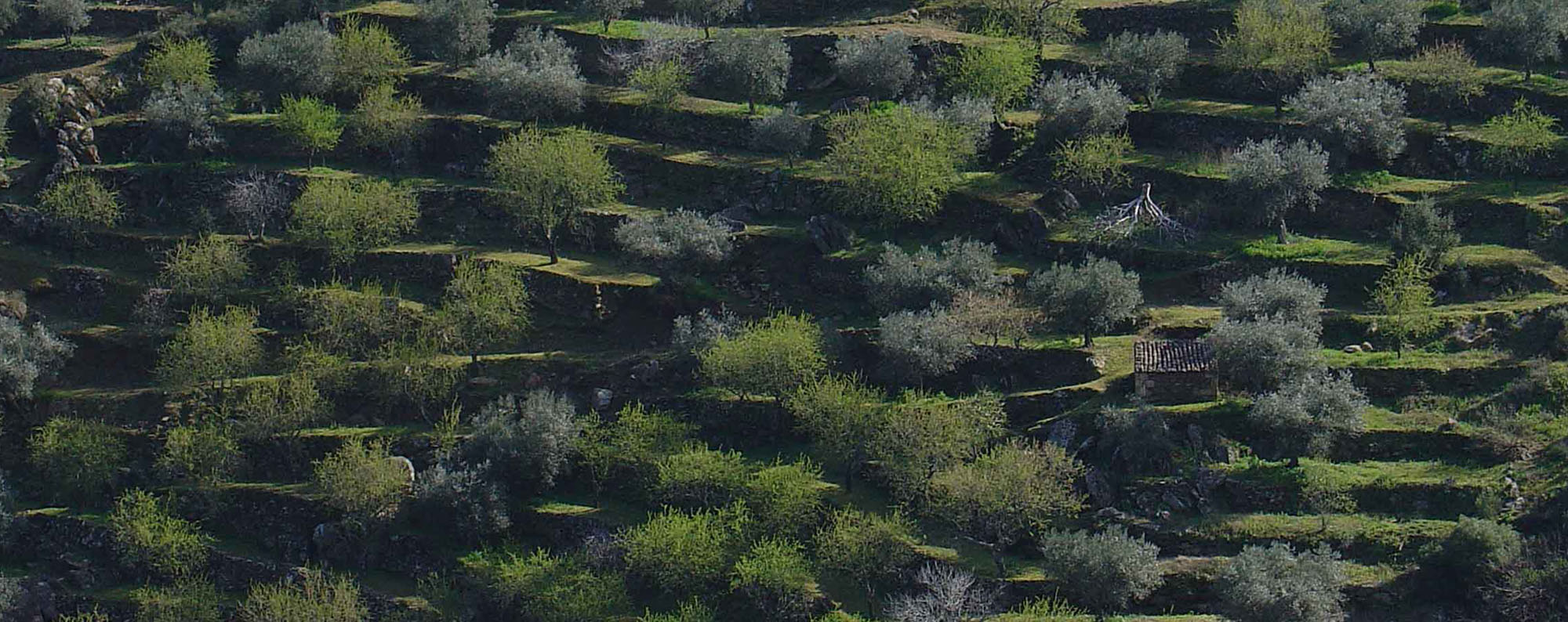
THE SEARCH FOR AESTHETIC BEAUTY IN AGRICULTURE
A deceitful path
The search for aesthetic beauty in agriculture can be a dangerous path. Over the years, I've had the opportunity to visit various farms and meet farmers from around the world. During these visits, when I engage in conversations, I always try to learn something new from them. In many situations, I indeed learn, while in others, it seems to be the other way around. However, I've noticed a recurring pattern of thought that is generally more or less constant. Farmers tend to practice agriculture under an aesthetic mold, meaning many of their decisions are guided by projecting some ideal of beauty. If the grass is too tall, it must be cut because otherwise, it looks ugly. If the vine shoots are too long, they must be pruned entirely, or else it appears disorganized and, therefore, ugly. If there is vegetative material on the ground covering the soil, it must be removed from the base of the trees, or else the neighbor will say it looks ugly. Unfortunately, this concept of "looks ugly" is the most common idea in rural areas. There is always this inclination to treat cultivated fields as if they were the Gardens of Versailles. Nothing could be more wrong.
In the specific case of my region, the Douro, this idea is even more pronounced. The Douro Wine Region, being a UNESCO World Heritage Site, has taken on the pretentious position of "I always have to look beautiful because people are watching me." So, all those terraces and slopes that can be seen along the Douro hills need to shine from afar to showcase this exquisite land. And from an aesthetic point of view, how can we display these pleasing undulating geometric lines? By eliminating all ground cover through plowing and herbicides. This way, the land becomes completely bare, and in the vineyards, only the green walls of the vine shoots and soil are visible. Only and exclusively soil. If a little more grass starts to grow, the farmer immediately thinks it looks ugly, so more herbicide is applied.
The Douro region is one of the areas in the country where herbicides are applied the most in agricultural fields, and this is a very serious problem. Unfortunately, the idea that "it looks beautiful" is decaying behind it. It's like those beautiful, varnished apples we buy at the supermarket that are rotten on the inside. The soil in the Douro is heading in that direction. The vines in the Douro need ground cover to make the entire agricultural system healthy and resilient. If the terraces have no ground cover, they will inevitably start to collapse due to erosion from rain and wind, as ground cover creates foundations to aggregate all the soil masses, making them cohesive. In the Douro more than anywhere else, this preservation practice should be prevalent. The problem is that, unfortunately, it doesn't look beautiful...
And what about the weeds that grow around the olive and almond groves? It doesn't look beautiful... not even cutting the grass with machinery and trimmers looks beautiful. It must be completely eradicated to leave us with completely bare soil. Again, nothing could be more wrong. By doing this, we are extinguishing the biodiversity provided by the growth of spontaneous vegetation, vegetation that will promote the emergence of an entire microbiome in the soil responsible for the nutritional balance of our crops.
Using aesthetic considerations as a thinking tool is undoubtedly important because it helps organize possible decisions on a particular subject. However, we must be intelligent enough to understand when decisions motivated by aesthetic ideas become dangerous, jeopardizing the integrity of a place. And in this specific case of agriculture, an activity so important for humanity that directly affects the health of the entire planet, we must obviously prioritize science first before thinking about aesthetic issues.
At Quinta Vila Rachel, we always try to create a balance between "looks ugly/beautiful" and the functional aspect. Knowing how soils function should be the general priority, and that's why we opt for various agroecological practices that favor soils above all. At first glance, people might think we are lazy for letting the spontaneous grass grow so much, but all of that has a well-founded scientific basis. By allowing the vine canopy to grow too much and opting for the "rolling" practice instead of "desponting," there is also a practical effect on the physiology and quality of the developing berries. It's true that the vine shoot wall won't have the same vegetative height and won't be as neat as a green wall, but there is a practical and scientific reason for making that decision. Also, by covering the ground around our trees with shredded biomass and other remains of vegetative material, people may say it won't look as beautiful as if the soil were completely exposed. However, once again, there is a scientific basis for it.
by
Tiago Cartageno
Owner of Quinta Vila Rachel
